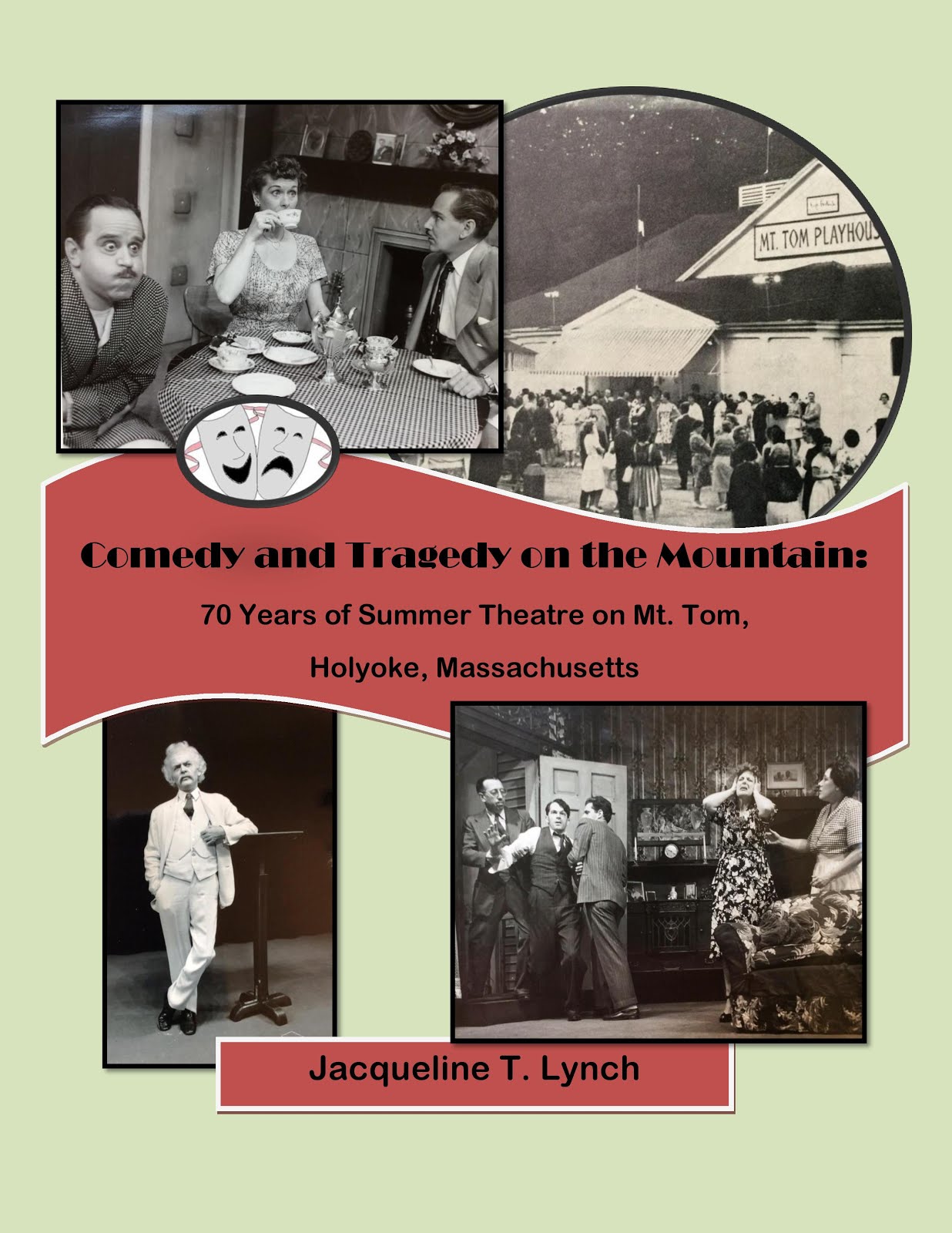Watching a symphony orchestra at work is like watching a magic
trick explained and yet still retain the mystery. One sees the component parts
of the music put together, each musician’s contribution to the whole, and being
able to see the machinery of it, if you will, is wonderfully dramatic. Music
from classic films, removed from their films in the setting of a symphony
performance, is revelatory.
I recently had the pleasure of attending an evening of theme
music from the movies—mostly classic films—performed by the Springfield
(Massachusetts) Symphony Orchestra, which is currently celebrating its 75th
anniversary. My thanks for the comp
ticket to my friend Shera Cohen, whose company, In
the Spotlight, reviews the arts in western New England.
Fans of classic films are usually extraordinarily well
informed about pretty much every facet of filmmaking in the studio era, and the
music—whether a sweeping theme or even incidental background music—is as
important to them as a favorite actor or director. Unlike other elements of
film, rather than intellectual analysis, the music evokes a purely emotional response.
So it was at Springfield Symphony Hall and “Music Night with
Maestro Rhodes.” Along the same lines as
big-screen showings of classic films, this evening brought out not only
symphony regulars, but clearly an enthusiastic audience who recognized the
film scores.
Maestro Kevin Rhodes conducted and also interspersed between
the selections a bit of background information on the composers. His style of presentation was breezy,
lighthearted, and quite funny at times.
When he introduced composer Alex North’s “Prelude” from Cleopatra (1963), he remarked of its
suggestion of an exotic ancient world—and Elizabeth Taylor’s presence— “You can
just see the blue eyeshadow when you hear this one.”
Other composers included Alfred Newman, who was represented
not only by his music from Street Scene
of 1931 (which found its way into other films), but the familiar “20th
Century-Fox Fanfare,” which was a delightfully whimsical way to begin the show.
Max Steiner’s Warner Bros. fanfare, and theme from Gone with the Wind (1939)—of course—and Casablanca (1942) were favorites. The latter was especially stirring for its
intricate suggestion of Moroccan intrigue and the sudden swell of “La
Marseillaise.”
Works from greats Bernard Hermann, Elmer Bernstein (the
theme from The Magnificent Seven
tends to raise people out of their seats by at least a foot, and his “Suite”
from The Ten Commandments of 1956
concluded the program), and Miklos Rozsa—the percussionist’s lengthy solo on
the chimes in the “Prelude” from Ben Hur
(1959) is something I’ll remember the next time I see the film. Likewise, the kettle drums from the music
from 2001: A Space Odyssey (1968),
and a light sensation of dancing on the tambourine in Maurice Jarre’s Lawrence of Arabia (1962) kept our attention on the percussionists, whose effort we can see more vividly
perhaps than the player of a woodwind instrument.
There’s a certain gallant dash about smashing a couple cymbals together.
Films from later decades included the “Love Theme” from The Godfather (1972), Titanic (1997)—which included a stunningly
haunting refrain from the women of the Symphony Chorus first from up in the
loge and then on stage (I had no idea the Irish penny whistle ever made its way
into a symphony orchestra), and other modern hits, but probably the most
charming was when the maestro played a piano solo of the “Ragtime Medley” from The Sting (1973) and then joined by a single
clarinet, piccolo, trombone, and tuba to playfully embroider the delicate
ragtime theme. They were brought out to
the apron of the stage as if to delightfully demonstrate that only these
handful of musicians were required despite the complexity of the arrangement. They
belonged on a gazebo in a park in summer.
It was an evening of tribute to these composers whose
majestic music is so part and parcel of the films that one cannot be thought of
without the other. Watching people make
the already fondly familiar music in front of you makes the experience still
more intimate.
*********







